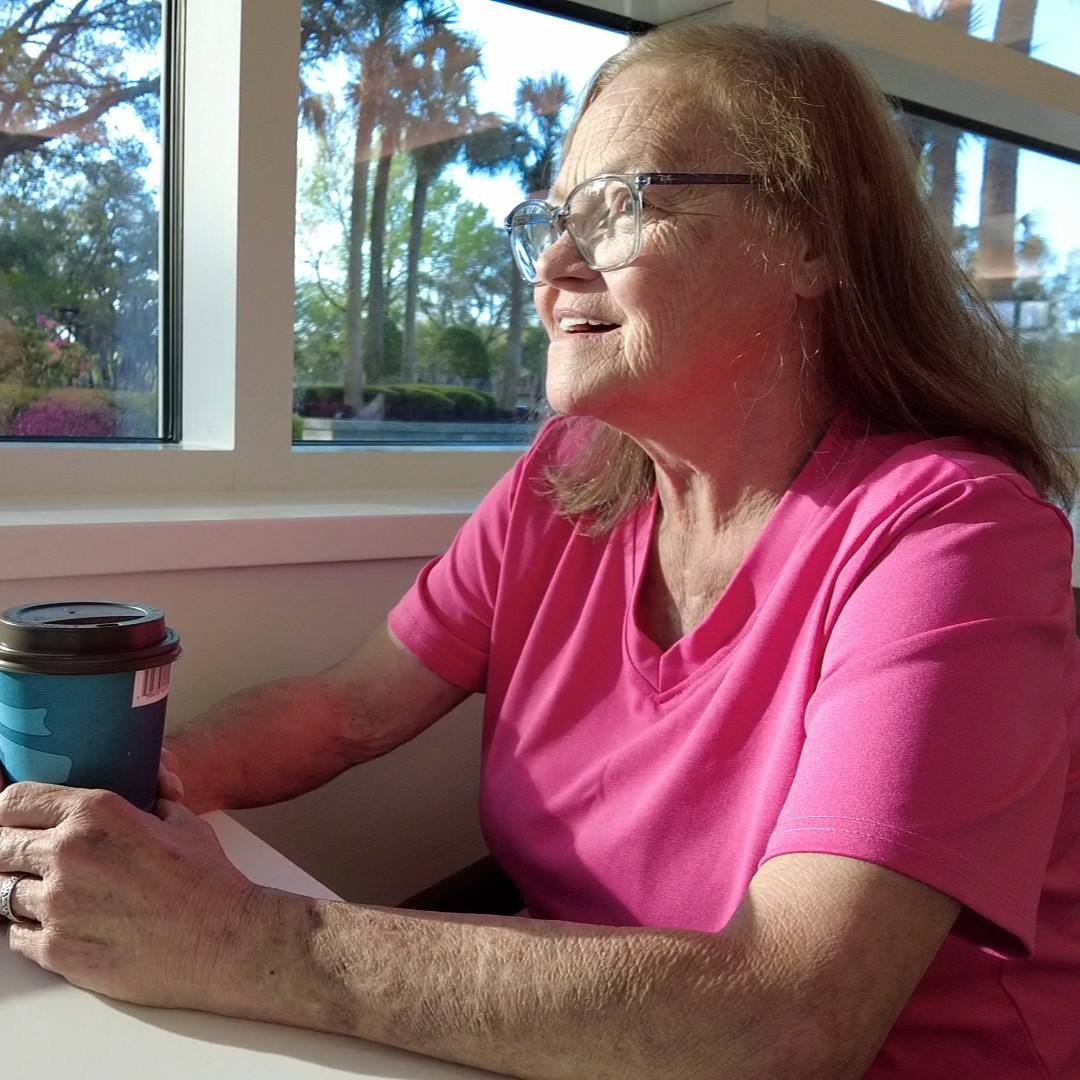
Surgery to replace a failing heart valve restored Dorothy Ganong's quality of life and gave her back the ability to engage in an active lifestyle.
Dorothy Ganong of Eau Claire, Wisconsin, struggled with labored breathing for more than two years. She would run out of breath halfway up a flight of stairs and practically have to crawl to the top. During an average day, Dorothy would often sit in her recliner to catch her breath, but she was a busy woman who wanted to get things done. She says it was frustrating to think her life was slowing down so much.
"I could tell my breathing was really bad," she says. That's when Dorothy decided it was time to make a change.
An assessment at the Cardiac Center's Valve Evaluation Clinic at Mayo Clinic Health System in Eau Claire revealed that Dorothy had severe narrowing of her heart's aortic valve — a condition known as aortic valve stenosis. This severely impeded the flow of blood out of her heart and was causing her symptoms.
After Dorothy’s diagnosis, her care team recommended heart surgery to replace the valve in hopes of allowing her to resume the active life she enjoys.
"Combining all of the skills and expertise of our multidisciplinary team, and working with the patient to align with their needs and lifestyle allows us to select the procedure and leverage the best skills of each participant, resulting in a better quality of life for our patients," says Fearghas O'Cochlain, M.D., an interventional cardiologist, who was part of the team that provided Dorothy's care.
Capitalizing on expertise
In July 2016, Dorothy was seeing an allergist. When medications and breathing treatments didn't ease her symptoms, she was referred to a pulmonologist to determine if she had chronic obstructive pulmonary disease. Fortunately, that physician listened to her concerns and symptoms, and felt it might actually be her heart that needed extra care and attention.
Dorothy then met with Dr. O'Cochlain, who ordered heart-related tests at the Valve Evaluation Clinic. The clinic provides complete evaluation and diagnostic testing for complex valvular heart disease. To assess her condition, Dorothy had a CT angiography. This exam combines a CT scan with an injection of a contrast media to produce pictures of blood vessels and tissues, and to evaluate blood flow through vessels going to the heart.
"Working with patients that have an identified heart valve problem, such as Dorothy, is a team effort." — Fearghas O'Cochlain, M.D.
She also had an X-ray, electrocardiogram, pulmonary function test, frailty assessment, cardiac catheterization and a carotid ultrasound to determine specific and appropriate intervention, which are integral components of the Valve Evaluation Clinic.
For most procedures, the various testing and consults are coordinated among the interventional cardiologists, radiologists, echo cardiographers and cardiovascular surgeons. "Working with patients that have an identified heart valve problem, such as Dorothy, is a team effort," says Dr. O'Cochlain. That collaboration makes the Cardiac Center team “unique in the area," says Ann Rufledt, a physician assistant and coordinator for the Valve Evaluation Clinic.
Returning to good health
After the evaluation was complete, Dorothy sat down with her son and daughter to share the test results and her care team's recommendation that she undergo heart surgery called transcatheter aortic valve replacement. She says she didn't have the surgery to live longer. Rather, she wanted to continue to live an active life without the worry of pain or inability to breathe easily.
Dorothy was especially interested in this procedure because it only requires a small incision instead of a sternotomy, which would involve cutting through the chest bone to access the heart. On the day of the procedure, an incision was made in Dorothy's groin. A catheter was inserted through the incision and guided up an artery to her heart where the new valve was inserted to replace the underperforming valve.
"I am thankful for the whole team that cared for me at Mayo Clinic Health System and for all the other patients that have had this before me and shared their success stories, which gave me the encouragement to have it done, too." — Dorothy Ganong
Dorothy spent four days in the hospital after surgery. The cardiac rehabilitation team kept her motivated through exercises and helped her gain confidence to get her back to her daily routine. She continued rehabilitation appointments after going home. A couple months later, she began to notice significant changes. She could breathe easier, go on longer outings, and sleep better at night.
"It just really changed my life," says Dorothy. "I am thankful for the whole team that cared for me at Mayo Clinic Health System and for all the other patients that have had this before me and shared their success stories, which gave me the encouragement to have it done, too."
If anyone is thinking about having this surgery, Dorothy advises, "Just go do it."
To hear more about Dorothy's story, you can view a video of Dorothy speaking at the 2017 Her Story, Her Heart event in Eau Claire.
HELPFUL LINKS
- Learn more about transcatheter aortic valve replacement.
- Read about the Valve Evaluation Clinic.
- Connect with others talking about heart health on Mayo Clinic Connect.
- Explore Mayo Clinic Health System.
- Request an appointment.







